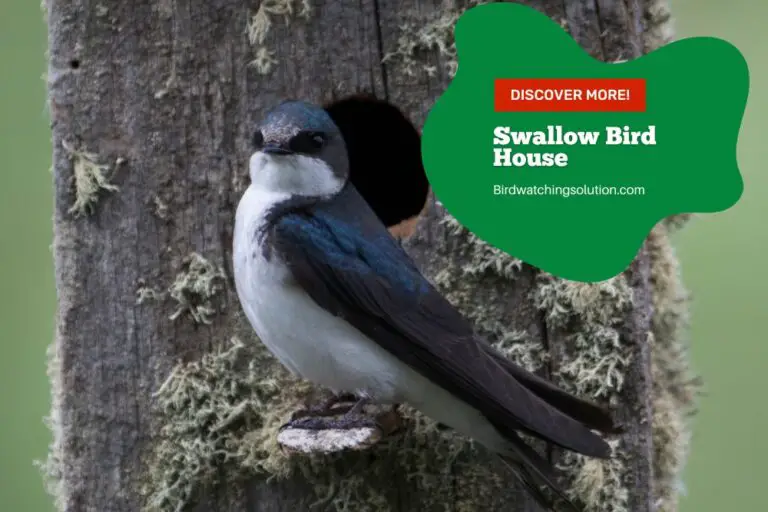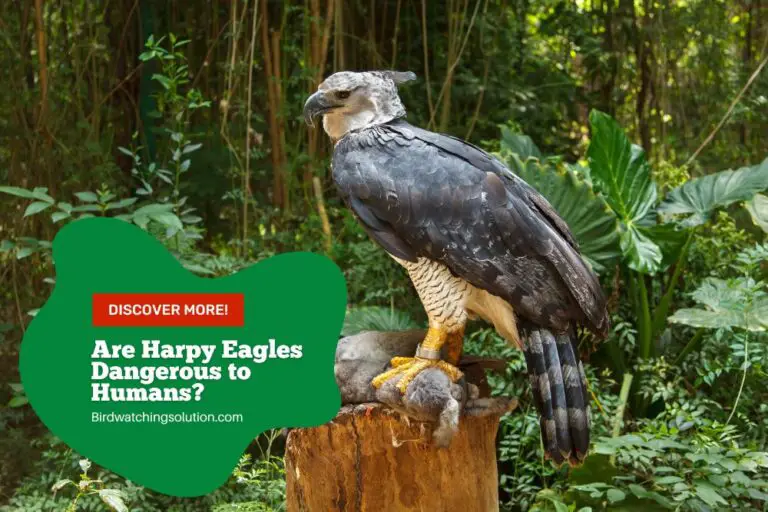The Mysteries of Nighttime Bird Flight Unveiled
The unseen marvel of birds in flight further deepens the mysteries of the night sky.
Contrary to popular belief, many bird species — well-known ones being owls, nightjars, and a wide range of migratory songbirds — indeed adopt nocturnal flight patterns.
They navigate the air smoothly and efficiently despite the enveloping darkness, exhibiting a fascinating behavior in the biological world that prompts curiosity.
These feathered creatures come equipped with a suite of adaptations for nighttime activity, such as enhanced sight capabilities and an uncanny sense of direction.
Furthermore, their habits are continually sculpted not only by natural environmental factors but also by the modifications and intrusions imposed by the human world.
Bird Species That Fly at Night
Bird Species That Fly at Night
Certain bird species are known to have nocturnal flight routines. These include species such as owls, nightjars, and many songbirds.
Owls
Owls, one of the most well-known nocturnal bird species, are designed with unique adaptations that enable them to navigate the dark. These adaptations include large eyes, a flexible neck, silent flight, and unique hearing abilities that make them efficient hunters during the night. Their diets typically include small mammals such as mice, rabbits, and other rodents.
Nightjars
Nightjars, relatives of the whip-poor-wills and poorwills, are also largely nocturnal birds that fly after dusk. Unlike the owls, these species feed mostly on insects that they catch mid-flight. These birds are not just active on a nightly basis; this is when they usually feed, mate, and migrate.
Reasons for Nocturnal Flight
Numerous reasons dictate these nighttime activities. Predation is often reduced under the cover of darkness, offering birds greater security.
Also, reduced competition for food sources, cooler temperatures, and decreased wind resistance may make nighttime optimal for certain activities such as feeding and migrating.
Migration and Nighttime Flight
Many birds, even those not typically associated with nocturnal activity, may become night flyers during migration.
Songbirds, for instance, are known to migrate at night.
The cooler temperatures at night can help birds avoid overheating, which can happen when they fly long distances.
Navigational clues, such as the position of the stars, are also important for these migrating birds.
Adaptations for Nocturnal Flight
Birds that fly at night have developed several unique physical and behavioral adaptations.
Along with possessing larger eyes that enhance night vision, many species also have more rod cells in their eyes, enabling them to see better in low-light conditions.
Furthermore, in physical characteristics, many night-flying birds have larger wings than their body size, enabling them to fly long distances. Some species have developed feather edges that muffle sound, enabling silent flight.
On the behavioral side, nocturnal birds have built-in biological clocks, or circadian rhythms, that are adjusted to their nighttime lifestyle.
Where Nocturnal Birds Live
Different types of nocturnal birds inhabit a diverse selection of habitats.
You may find owls nestled within thick forests, while nightjars often prefer the expansive sprawls of open fields and prairies.
Irrespective of this variance in terrain, all these habitats provide necessary resources, including food, suitable nesting locations, and protection from predators.
These crucial elements allow these interesting species to prosper even under cover of night.
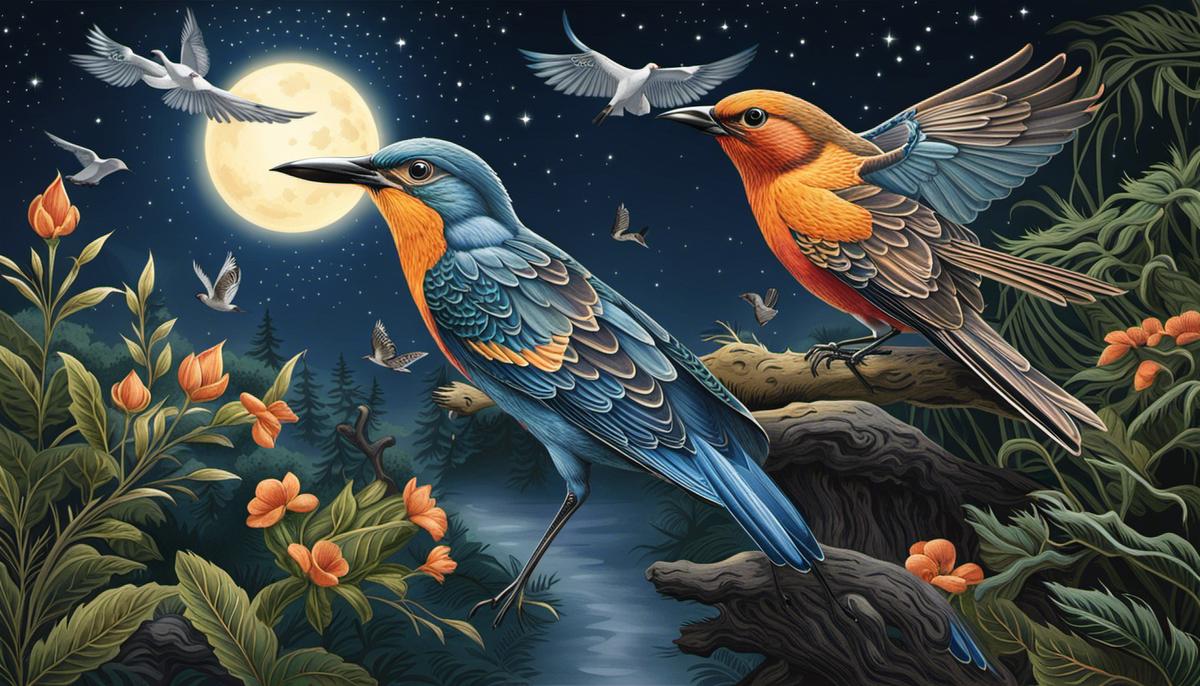
Adaptations Enabling Night Flight
Adaptations for Night Flight: Navigating the Dark Sky
The feat of night flight calls for specific adaptations, and certain birds have evolved to master this.
They possess impressive attributes and behaviors that help them with direction and survival during nocturnal flight.
Such adaptations comprise mainly enhanced visual capabilities, a sharp sense of orientation, and physiological changes unique to conditions found when flying at night.
Enhanced Sight Capabilities
Many bird species that fly at night have developed enhanced eyesight to thrive in poorly lit conditions.
Birds like owls exhibit excellent night vision due to their large, front-facing eyes, which contain a high concentration of rod cells – light-sensitive cells responsible for detecting movement and shapes in low light.
The tapetum lucidum, a layer of tissue in some birds’ eyes, reflects light back through the retina, effectively doubling the amount of light available for the eyes to use. This helps them spot their prey or navigate effectively at night.
Acute Sense of Direction
A robust sense of direction is crucial for birds to fly at night, especially during migratory seasons. Avian species use an array of navigational cues to find their way. Stars are often a vital source of guidance. In a classic study, scientists demonstrated that indigo buntings use the movement of stars to orient themselves. Other birds make use of Earth’s magnetic field for their directional needs. Research on migratory European robins uncovered their capacity to “see” Earth’s magnetic field, aiding them in their seasonal travels.
Physiological Responses to Night Flying
The birds’ physiological responses to night flying are just as important as their sensory adaptations.
Certain night-flying species have been found to take intermittent naps while in flight, preserving essential energy and allowing for long-distance travel.
Furthermore, biological changes such as the increase in red blood cells during migratory periods afford them greater oxygen-carrying capacity.
This improves endurance and helps the birds manage the rigorous demands of nocturnal flight.
Another adaptation is managing the cooler temperatures during the night. Some species can fluff up their feathers to create an insulating layer of air which retains body heat.
The astonishing ability of birds to fly at night is due to the remarkable evolution that has gifted them with superior night vision, a precise sense of direction, and a fine-tuned adaptability to nocturnal environments.
This array of sophisticated characteristics represents the intricate biological processes that designed them for survival and efficient performance during the dark.
The picture that evolves vindicates nature’s ingenuity and pays testament to the extraordinary resilience exhibited by different bird species.
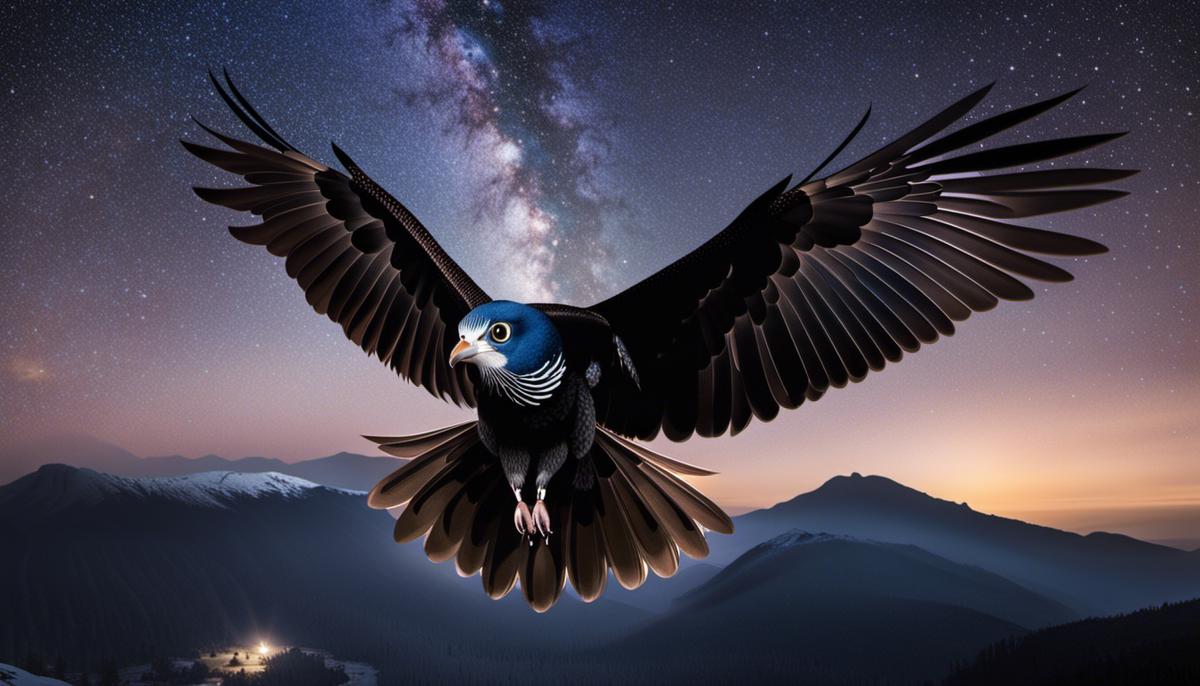
Impact of Environment and Human Factors
Climate Change and Its Impact on Nocturnal Bird Migration
The phenomenon of climate change significantly upsets the migratory patterns of birds, particularly those that traverse the skies at night.
Escalating global temperatures are causing the migration seasons to shift, obliging birds to re-align their travel routines.
The quickened pace of warming trends can put bird populations at risk, necessitating them to adjust to unpredictable weather conditions during their nocturnal flights.
In addition, the irregular weather patterns brought on by climate change are causing more severe and frequent storms.
These upheavals threaten migrating birds, especially nocturnal ones, as they disrupt flight paths.
It results in the birds expending more energy, diminishing their chances of surviving and successfully breeding.
Urbanization: An Obstacle for Night Flyers
Urbanization has substantial effects on birds that migrate at night. Continued development and patterns of human expansion result in increased habitat fragmentation.
These fragmented environments often contain fewer resources, which can negatively impact migrating birds, forcing them to adapt to survive in these changed conditions or reroute their migration trajectories.
Moreover, urban areas are characterized by high noise levels that can interfere with birds’ navigation during their nighttime flights.
The constant cacophony of urban sounds may drown out the birds’ signals to navigate, increasing their vulnerability to disorientation and predation.
Dangers of Light Pollution on Avian Navigation
Due to increased urbanization and technological advancements, artificial light pollution profoundly impacts migratory birds, specifically those that navigate at night.
Birds use the stars and the moon to navigate during their night flights. However, the bright lights from buildings, streetlights, and other structures in urban areas can disorient these birds, leading them astray from their migratory paths.
Excessive artificial light can also attract birds, particularly during poor weather conditions. Such disoriented birds may collide with lighted buildings, leading to significant mortality events.
The light pollution thus disrupts the natural cycles and rhythms that birds rely on for successful migration.
Threat Posed by Predators and Road Vehicles
Predation presents another significant threat to birds flying at night. Certain nocturnal predators, such as owls, cats, and raccoons, are known to hunt birds during the night when their defenses are lower.
Additionally, road vehicles pose a threat to low-flying species that may not be visible to drivers during the nighttime, leading to fatal collisions.
Increasing vehicular traffic and higher speed limits at night can multiply the risk for these birds. Moreover, lights around highways and roads can attract or disorient birds, leaving them vulnerable to oncoming traffic.
Human Impact on Nocturnal Bird Migration
Human activities, both direct and indirect, pose threats to birds that migrate at night. Direct impacts include hunting and decreasing bird populations, particularly with habitat loss.
Mining, wind farms, and drilling operations can interrupt bird migratory paths and devastate their natural habitats, causing a direct blow to their survival rates.
Indirect human influences are equally damaging, if not more so. Large-scale agricultural practices contribute to climate change and habitat destruction, limiting the availability of natural stops for these nocturnal migrators.
Such factors significantly increase these night-flying birds’ risks during their journeys.
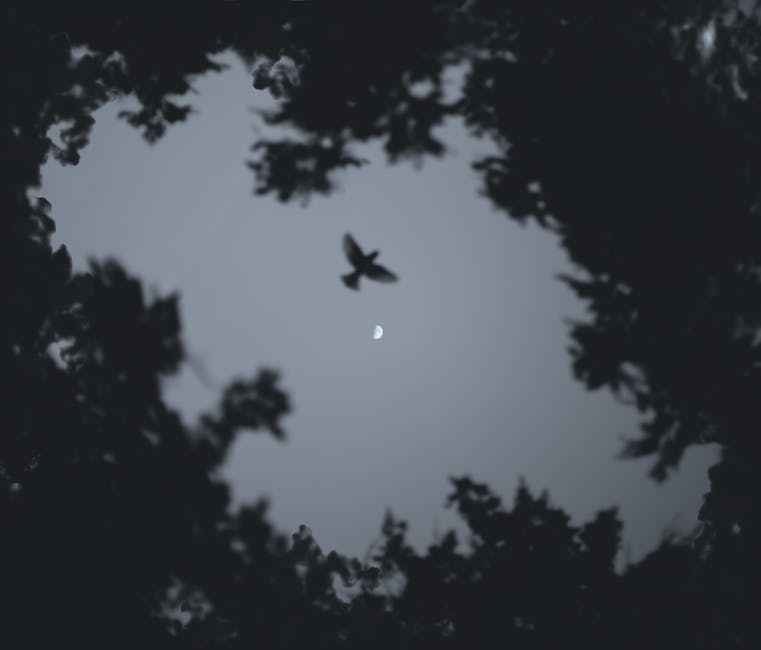
Scientific and Conservation Efforts
A Glimpse into the World of Nocturnal Birds Through Scientific Research
It’s been a long-standing fascination for scientists to study night-flying birds or nocturnal avians, given the unique adaptations and behaviors their nocturnal lifestyle necessitates.
A bevy of species undergoes rigorous exploration and analysis to unravel these mysteries.
Tagging and tracking are common techniques for collecting valuable insights into these birds’ migratory behaviors, such as flight patterns, speed, altitude, and rest intervals.
An exemplary study utilized geolocators in tracking Swainson’s thrushes, small nocturnal migrants recognized for their exclusive night-flying habits.
The data gathered revealed that these feathered creatures typically embark soon after sunset, wrapping their voyage just before sunrise.
Technologies Used in Studying Nocturnal Birds
The technologies deployed in tracking night birds have evolved significantly. Satellite tracking technology is often used to provide detailed data on individual birds at different periods.
Geo-locators, as mentioned previously, are among the most preferred due to their ability to store data about longitude and latitude, allowing scientists to trace specific routes traveled by birds.
Understanding Bird Behavior At Night
Although many birds are diurnal, some species have adapted to moving after sundown. These nocturnal birds present unique behaviors scientists have sought to understand.
Tagging and tracking studies have uncovered a wealth of information. For instance, the Northern Saw-whet Owls, despite being rather small, embark on long-distance migrations during the night, hugging coastlines and choosing particular routes that provide shelter and ample hunting grounds.
Sleeping habits of birds at night have also been a subject of study. Unlike humans, many birds can sleep with one eye open and half a brain awake, known as unihemispheric slow-wave sleep.
It allows them to detect predators while still getting rest—a vital survival mechanism in the wild.
Conservation Efforts
The challenges nocturnal birds face from habitat loss, artificial light pollution, and climate change make conservation efforts vital. Conservationists aim to establish and protect habitats, monitor populations, and enact legal protections where necessary. Additionally, international programs like the State of the World’s Birds seeks to gather data globally supporting bird conservation at a larger scale.
Public engagement in bird counts is another notable conservation effort. These activities, often organized by non-profit organizations like Audubon Society, involve the public in reporting observations of nocturnal bird activities, such as their calls or migration patterns, contributing to a massive citizen-scientific database.
Such efforts help raise public awareness of the importance of conserving these flying creatures of the night.
Conclusion
Understanding, conserving, and protecting nocturnal birds involves a multi-faceted approach.
Advancements in technology have enabled us to learn more about these elusive creatures.
Through scientific research, conservation efforts, and public engagement, we hope to preserve and protect these exceptional creatures of the night.
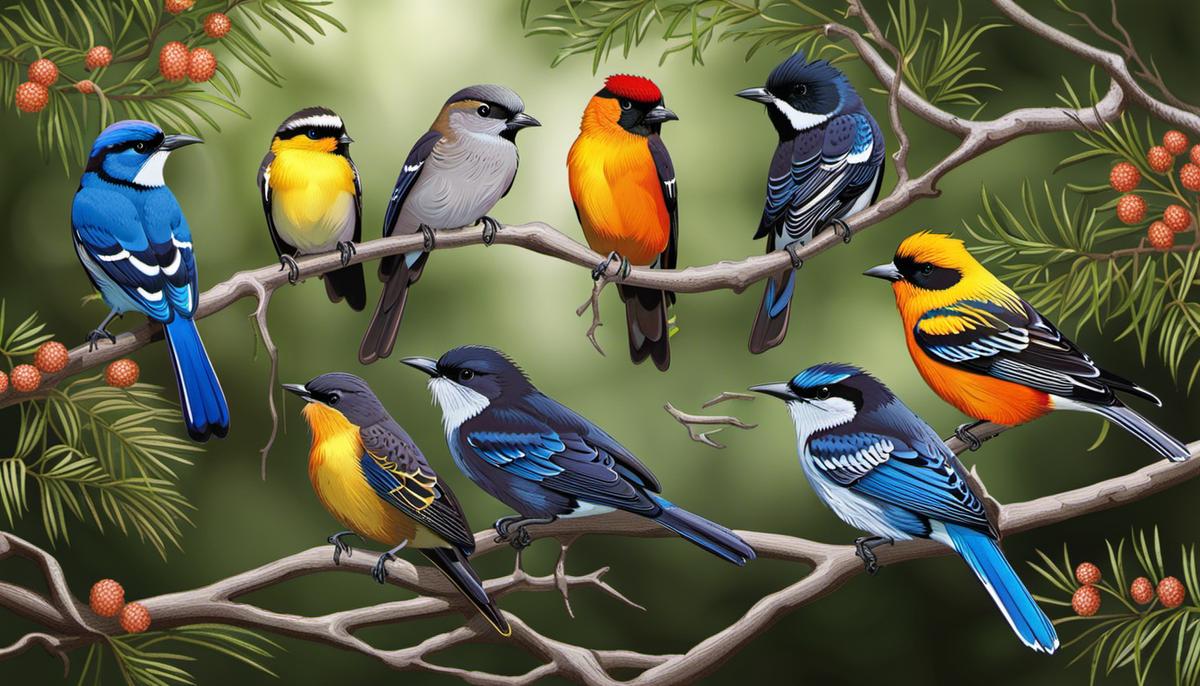
Nonetheless, with the relentless march of human encroachment and environmental change, the nighttime world of these birds faces significant challenges.
Understanding and preserving the nocturnal habits of these creatures becomes a task of critical importance.
Scientists and conservationists are tirelessly studying, tagging, tracking, and conducting in-depth behavioral analyses of these nocturnal fliers in a concerted effort to safeguard their continuity.
Every nocturnal bird count or migration study reveals more about these elusive aviators and helps us act as better custodians of their lifeways.
The night sky and the birds that dot it with their wings are as much a part of our world as the daylight, and it deserves our attention and care.



